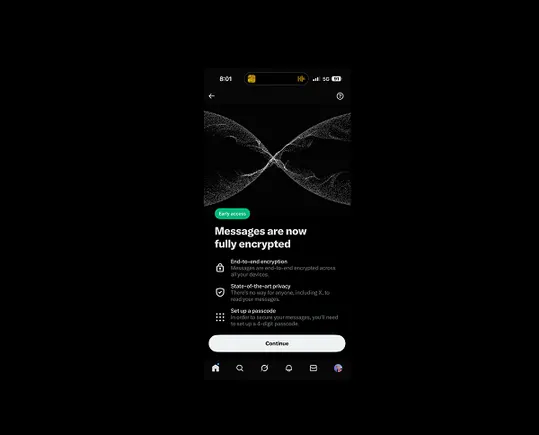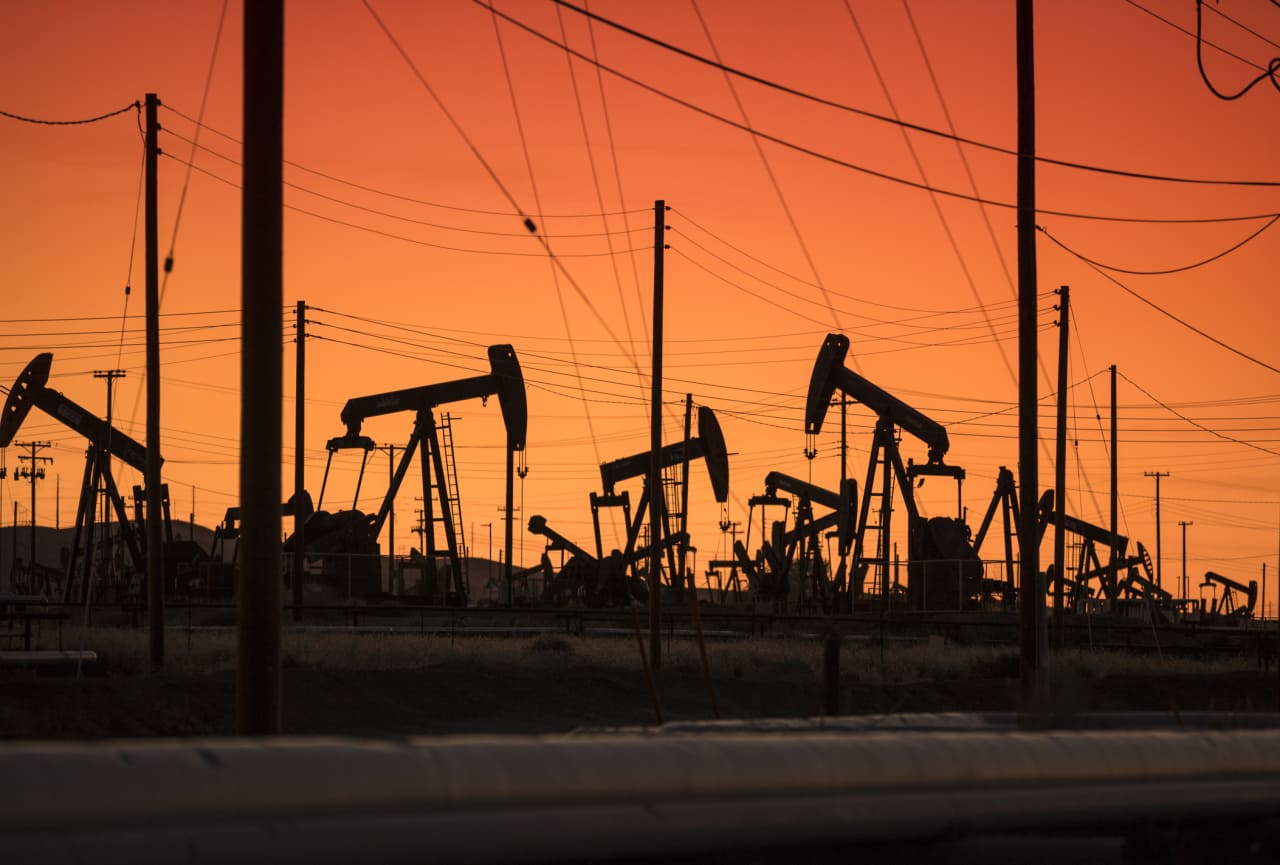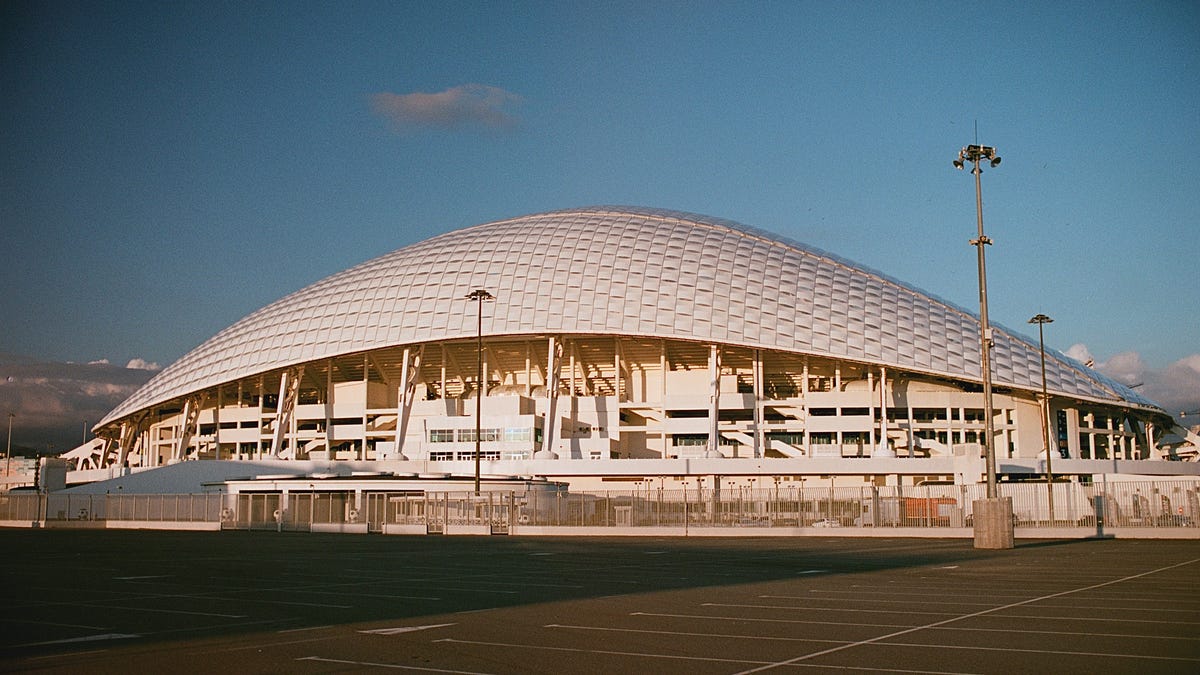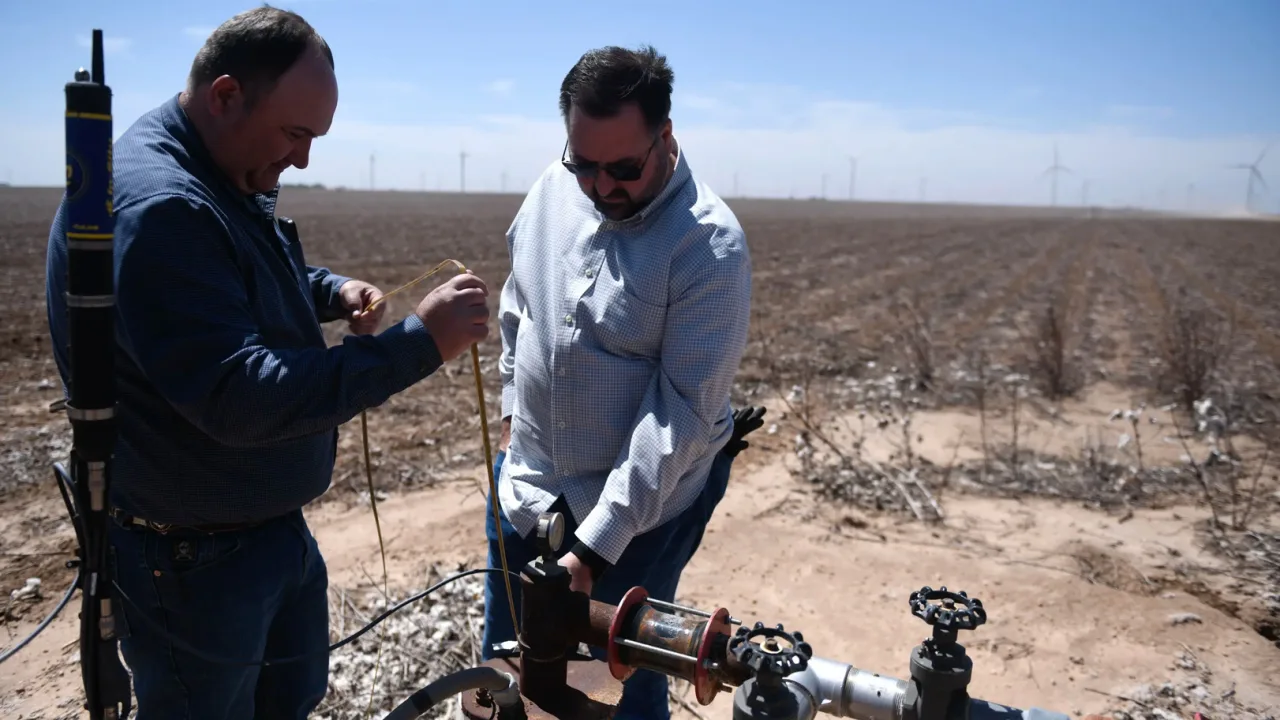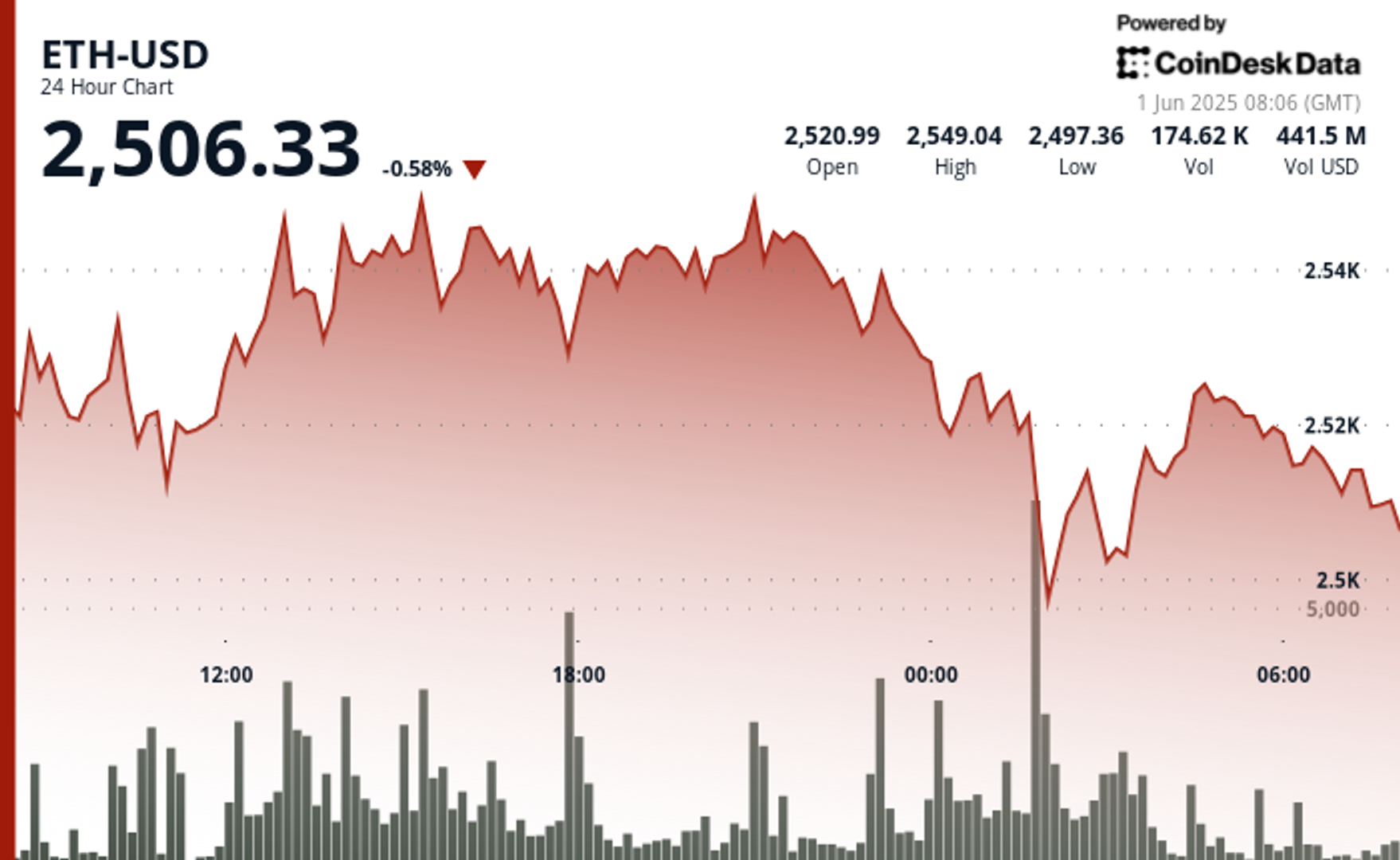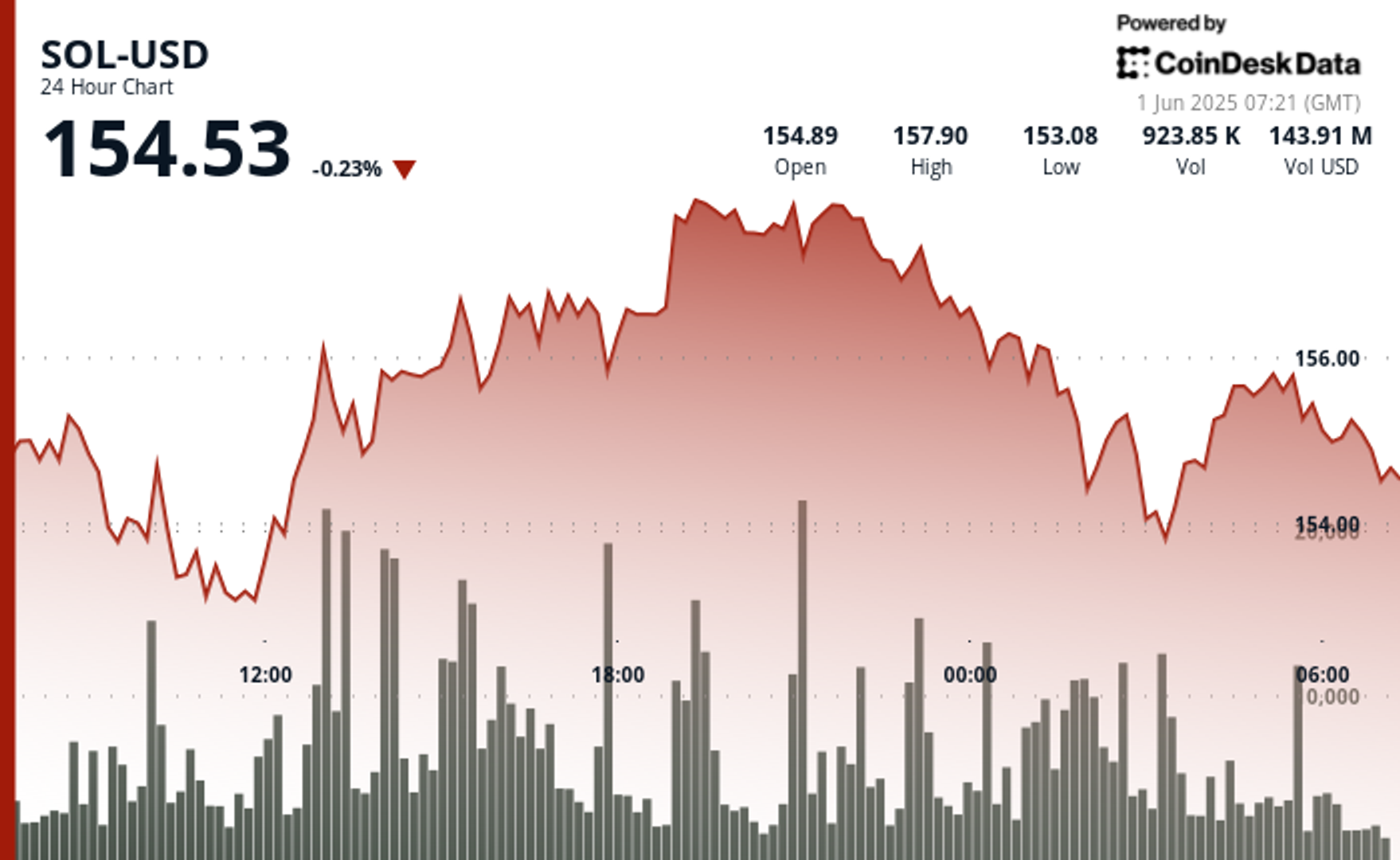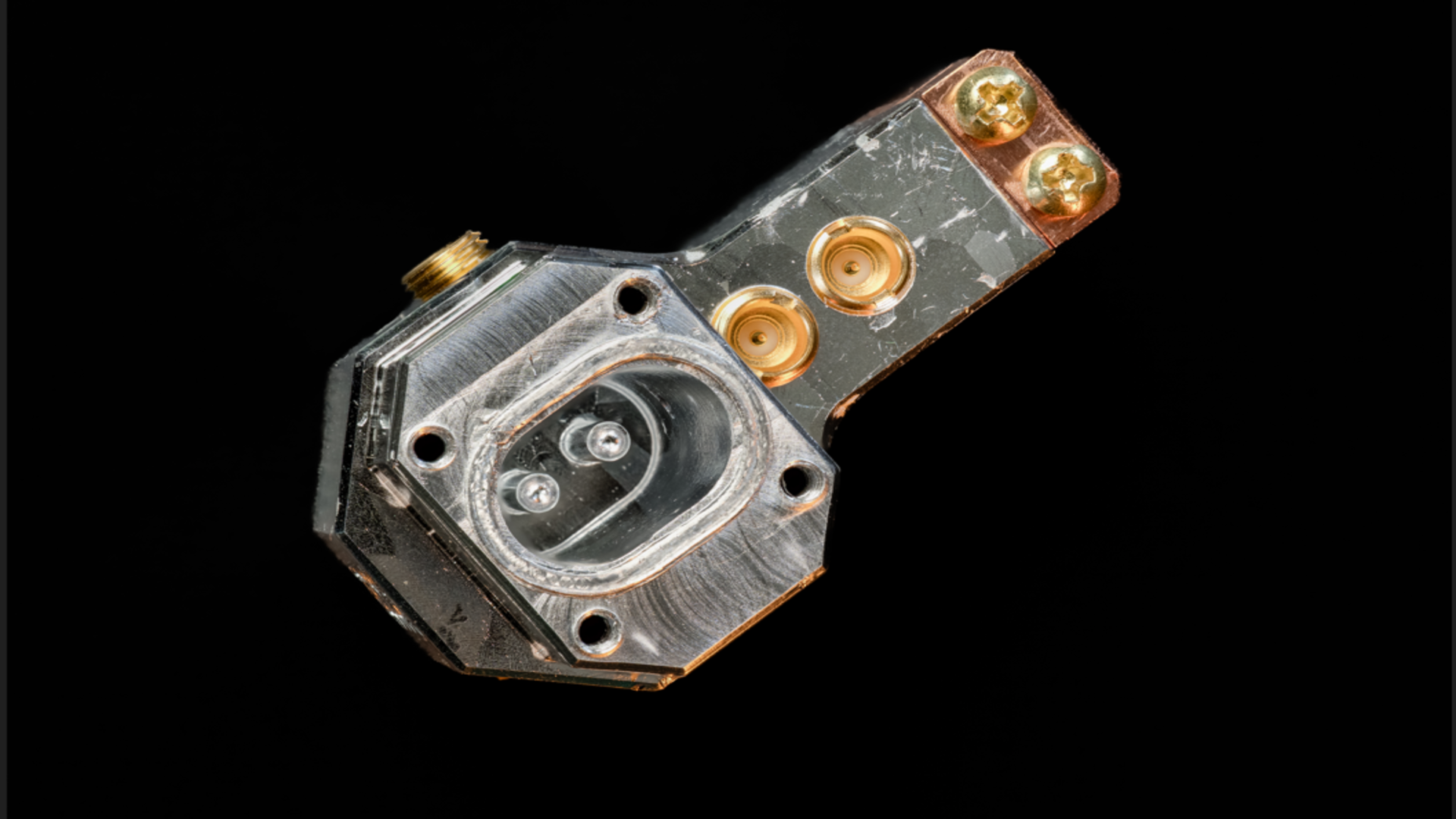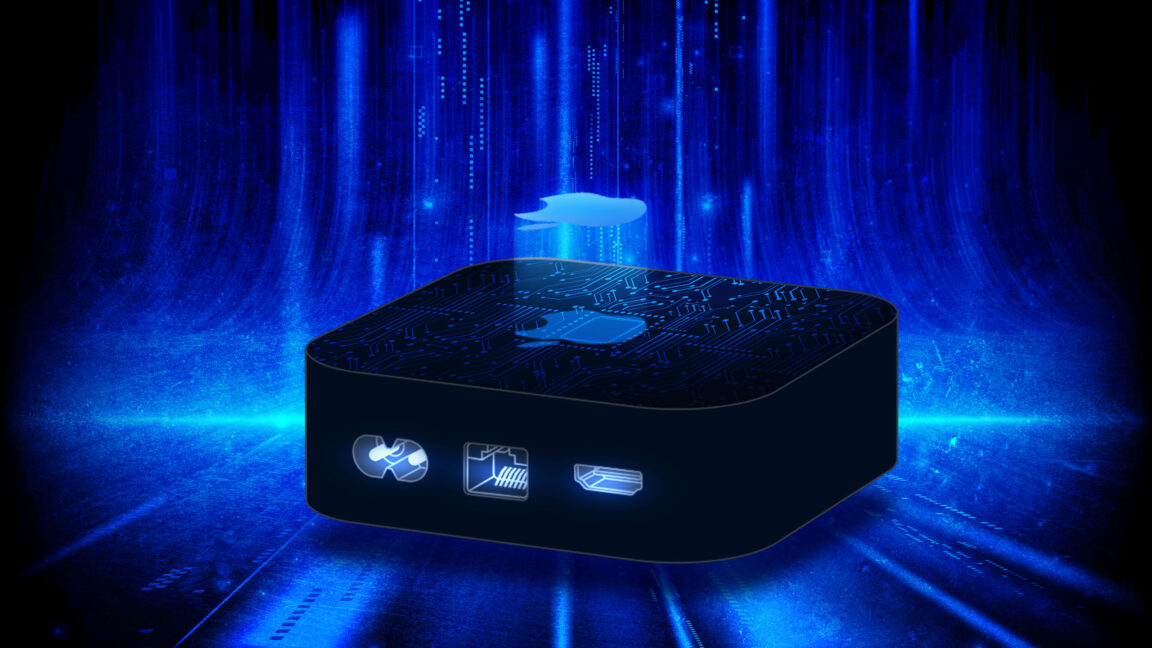Something Surprising Is Destroying Elon Musk's Starlink Satellites
Now that more than 7,000 Starlink satellites are orbiting our planet, scientists have been given a golden opportunity to study the effects the Sun's activity can have on their lifespans. As New Scientist reports, ferocious solar storms, caused by the Sun pelting our atmosphere with energized particles, can significantly reduce their lifetimes by prematurely pushing them to burn up during reentry to meet their ultimate fate. That's especially true as the Sun nears the most active part of its 11-year cycle, called the solar maximum. "We found that when we have geomagnetic storms, satellites re-enter faster than expected [without solar […]


Angry Sun
Now that more than 7,000 Starlink satellites are orbiting our planet, scientists have been given a golden opportunity to study the effects the Sun's activity can have on the aggregate lifespans of such minimalist, constellation-based spacecraft.
As New Scientist reports, it's turning out that ferocious solar storms caused by the Sun pelting our atmosphere with energized particles can significantly reduce the crafts' lifetimes, by prematurely pushing them to burn up during reentry.
That's especially true as the Sun nears the most active part of its 11-year cycle, called the solar maximum.
"We found that when we have geomagnetic storms, satellites re-enter faster than expected [without solar activity]," NASA Goddard Space Flight Center scientist Denny Oliveira, who's been investigating these effects, told New Scientist.
During the solar maximum, a given Starlink satellite's lifetime can be reduced by up to ten days, demonstrating the Sun's immense influence on the outer space surrounding our planet, despite the enormous distance.
Early Demise
While it's technically not a new phenomenon, the Elon Musk-0wned company's enormous Starlink constellation has shed light on how solar activity is causing satellites to reenter earlier than expected.
"It’s the first time in history we have so many satellites re-entering at the same time," Oliveira told New Scientist.
Scientists tracked a whopping 523 Starlink satellites reentering between just 2020 and 2024.
"In a few years, we will have satellites re-entering every day," the NASA scientist added.
"This is the first solar maximum that we’ve had in the mega constellation era," University of Regina astrophysicist Samantha Lawler told the publication. "So it is important to do these measurements."
Last year, Musk warned of "degraded" Starlink broadband service as the Earth was being battered by a ferocious storm. While the satellites endured at the time, a 2022 storm knocked out 40 satellites.
Starlink's satellites are designed to both intentionally lower their orbit to meet their demise and naturally be pulled towards it when something goes wrong.
But by accelerating this process, Oliveira warns that pieces of the satellites may survive reentry, allowing bits to plummet back to the ground.
There has been a single instance of an identified piece of Starlink satellite, which was recovered on a Canadian farm last summer, as SpaceX claimed in a notice at the time.
However, with intense geomagnetic storms still on the horizon and thousands of planned Starlink satellites that are scheduled to be launched, many more pieces could make their way through the atmosphere unharmed as well.
"If we found one [piece] here, how many did we miss?" Lawler told New Scientist.
More on Starlink: It Looks an Awful Lot Like Elon Musk Is Awarding a Huge Government Contract to Himself
The post Something Surprising Is Destroying Elon Musk's Starlink Satellites appeared first on Futurism.





